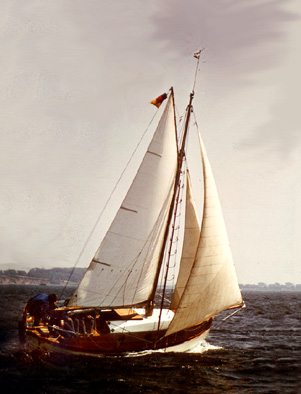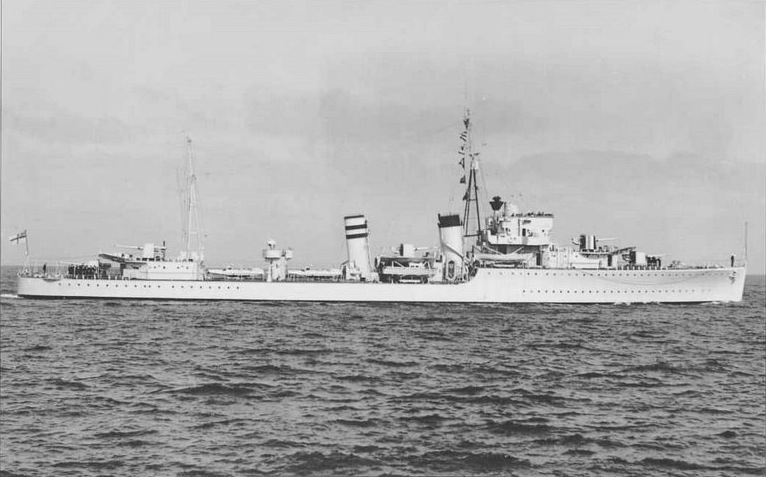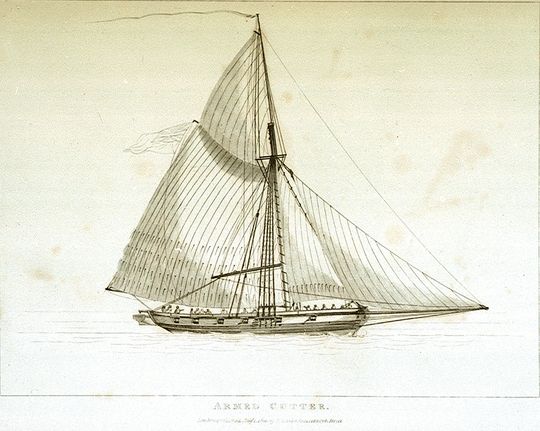|
HMS Griffin (1778)
Five ships of the Royal Navy have borne the name HMS ''Griffin'', after the legendary creature, the Griffin: * was a 12-gun Cavalier, Royalist ship, captured by the Roundhead, Parliamentarians in 1655. She foundered in 1664. * was an 8-gun fireship launched in 1690, rebuilt in 1702 and sold in 1737. * was a 44-gun fifth rate, previously the French ''Griffon''. She was captured in 1712 and restored to France in 1713. * was a 12-gun cutter (boat), cutter purchased in 1778 and sold in 1786. Under the command of Lieutenant Inglis, she captured a French privateer brig of sixteen 6-pounder guns on about 21 May 1779. * was a G and H-class destroyer, G-class destroyer launched in 1935. She was transferred to the Royal Canadian Navy in 1943 and renamed , and was sold in 1946. See also * * Hired armed vessels, Hired armed cutter citations and references * {{DEFAULTSORT:Griffin Royal Navy ship names ... [...More Info...] [...Related Items...] OR: [Wikipedia] [Google] [Baidu] |
Royal Navy
The Royal Navy (RN) is the United Kingdom's naval warfare force. Although warships were used by Kingdom of England, English and Kingdom of Scotland, Scottish kings from the early medieval period, the first major maritime engagements were fought in the Hundred Years' War against Kingdom of France, France. The modern Royal Navy traces its origins to the early 16th century; the oldest of the British Armed Forces, UK's armed services, it is consequently known as the Senior Service. From the middle decades of the 17th century, and through the 18th century, the Royal Navy vied with the Dutch Navy and later with the French Navy for maritime supremacy. From the mid 18th century, it was the world's most powerful navy until the World War II, Second World War. The Royal Navy played a key part in establishing and defending the British Empire, and four Imperial fortress colonies and a string of imperial bases and coaling stations secured the Royal Navy's ability to assert naval superiority ... [...More Info...] [...Related Items...] OR: [Wikipedia] [Google] [Baidu] |
Legendary Creature
A legendary creature (also mythical or mythological creature) is a type of fictional entity, typically a hybrid, that has not been proven and that is described in folklore (including myths and legends), but may be featured in historical accounts before modernity. In the classical era, monstrous creatures such as the Cyclops and the Minotaur appear in heroic tales for the protagonist to destroy. Other creatures, such as the unicorn, were claimed in accounts of natural history by various scholars of antiquity. Some legendary creatures have their origin in traditional mythology and were believed to be real creatures, for example dragons, griffins, and unicorns. Others were based on real encounters, originating in garbled accounts of travellers' tales, such as the Vegetable Lamb of Tartary, which supposedly grew tethered to the earth. Creatures A variety of mythical animals appear in the art and stories of the classical era. For example, in the ''Odyssey'', monstrous ... [...More Info...] [...Related Items...] OR: [Wikipedia] [Google] [Baidu] |
Griffin
The griffin, griffon, or gryphon (Ancient Greek: , ''gryps''; Classical Latin: ''grȳps'' or ''grȳpus''; Late Latin, Late and Medieval Latin: ''gryphes'', ''grypho'' etc.; Old French: ''griffon'') is a legendary creature with the body, tail, and Hindlimb, back legs of a lion; the head and wings of an eagle; and sometimes an eagle's talons as its front feet. Because the lion was traditionally considered the king of the beasts, and the eagle the king of the birds, by the Middle Ages, the griffin was thought to be an especially powerful and majestic creature. Since classical antiquity, griffins were known for guarding treasures and priceless possessions. In Greek and Roman texts, griffins and Arimaspians were associated with gold deposits of Central Asia. Indeed, as Pliny the Elder wrote, "griffins were said to lay eggs in burrows on the ground and these nests contained gold nuggets." In medieval heraldry, the griffin became a Christian symbol of Divinity, divine power and a g ... [...More Info...] [...Related Items...] OR: [Wikipedia] [Google] [Baidu] |
Cavalier
The term Cavalier () was first used by Roundheads as a term of abuse for the wealthier royalist supporters of King Charles I and his son Charles II of England during the English Civil War, the Interregnum, and the Restoration (1642 – ). It was later adopted by the Royalists themselves. Although it referred originally to political and social attitudes and behaviour, of which clothing was a very small part, it has subsequently become strongly identified with the fashionable clothing of the court at the time. Prince Rupert, commander of much of Charles I's cavalry, is often considered to be an archetypal Cavalier. Etymology Cavalier derives from the same Latin root as the Italian word and the French word (as well as the Spanish word ), the Vulgar Latin word '' caballarius'', meaning 'horseman'. Shakespeare used the word ''cavaleros'' to describe an overbearing swashbuckler or swaggering gallant in Henry IV, Part 2 (c. 1596–1599), in which Robert Shallow says "I'll dri ... [...More Info...] [...Related Items...] OR: [Wikipedia] [Google] [Baidu] |
Roundhead
Roundheads were the supporters of the Parliament of England during the English Civil War (1642–1651). Also known as Parliamentarians, they fought against King Charles I of England and his supporters, known as the Cavaliers or Royalists, who claimed rule by absolute monarchy and the principle of the divine right of kings. The goal of the Roundheads was to give to Parliament the supreme control over executive branch, executive administration of the country/kingdom. Beliefs Most Roundheads sought constitutional monarchy in place of the absolute monarchy sought by Charles; however, at the end of the English Civil War in 1649, public antipathy towards the king was high enough to allow republican leaders such as Oliver Cromwell to abolish the monarchy completely and establish the Commonwealth of England. The Roundhead commander-in-chief of the first Civil War, Thomas Fairfax, remained a supporter of constitutional monarchy, as did many other Roundhead leaders such as Edward Monta ... [...More Info...] [...Related Items...] OR: [Wikipedia] [Google] [Baidu] |
Fireship
A fire ship or fireship, used in the days of wooden rowed or sailing ships, was a ship filled with combustibles, or gunpowder deliberately set on fire and steered (or, when possible, allowed to drift) into an enemy fleet, in order to destroy ships, or to create panic and make the enemy break formation. Ships used as fire ships were either warships whose munitions were fully spent in battle, surplus ones which were old and worn out, or inexpensive purpose-built vessels rigged to be set afire, steered toward targets, and abandoned quickly by the crew. Explosion ships or "hellburners" were a variation on the fire ship, intended to cause damage by blowing up in proximity to enemy ships. Fireships were used to great effect by the outgunned English fleet against the Spanish Armada during the Battle of Gravelines, [...More Info...] [...Related Items...] OR: [Wikipedia] [Google] [Baidu] |
Fifth Rate
In the rating system of the Royal Navy used to categorise sailing warships, a fifth rate was the second-smallest class of warships in a hierarchical system of six " ratings" based on size and firepower. Rating The rating system in the Royal Navy as originally devised had just four rates, but early in the reign of Charles I, the original fourth rate (derived from the "Small Ships" category under his father, James I) was divided into new classifications of fourth, fifth, and sixth rates. While a fourth-rate ship was defined as a ship of the line, fifth and the smaller sixth-rate ships were never included among ships-of-the-line. Nevertheless, during the Anglo-Dutch Wars of the 17th century, fifth rates often found themselves involved among the battle fleet in major actions. Structurally, these were two-deckers, with a complete battery on the lower deck, and fewer guns on the upper deck (below the forecastle and quarter decks, usually with no guns in the waist on this deck) ... [...More Info...] [...Related Items...] OR: [Wikipedia] [Google] [Baidu] |
Cutter (boat)
A cutter is a type of watercraft. The term has several meanings. It can apply to the rig (or Sail plan, sailplan) of a sailing vessel (but with regional differences in definition), to a governmental enforcement agency vessel (such as a coast guard or border force cutter), to a type of ship's boat which can be used under sail or oars, or, historically, to a type of fast-sailing vessel introduced in the 18th century, some of which were used as small warships. As a sailing rig, a cutter is a single-masted boat, with two or more headsails. On the eastern side of the Atlantic Ocean, Atlantic, the two headsails on a single mast is the fullest extent of the modern definition. In U.S. waters, a greater level of complexity applies, with the placement of the mast and the rigging details of the bowsprit taken into account so a boat with two headsails may be classed as a sloop. Government agencies use the term "cutter" for vessels employed in patrolling their territorial waters and other ... [...More Info...] [...Related Items...] OR: [Wikipedia] [Google] [Baidu] |
G And H-class Destroyer
The G- and H-class destroyers were a group of 18 destroyers built for the Royal Navy during the 1930s. Six additional ships being built for the Brazilian Navy when World War II began in 1939 were purchased by the British and named the ''Havant'' class. The design was a major export success with other ships built for the Argentine and Royal Hellenic Navies. They were assigned to the Mediterranean Fleet upon completion and enforced the Non-Intervention Agreement during the Spanish Civil War of 1936–1939. Most ships were recalled home or were sent to the North Atlantic from October–November 1939, after it became clear that Fascist Italy was not going to intervene in World War II. Then they began to escort convoys and patrol for German submarines and commerce raiders. Two ships were lost to German mines in the first six months of the war. Three more were lost during the Norwegian Campaign, one in combat with a German cruiser and two during the First Battle of Narvik in A ... [...More Info...] [...Related Items...] OR: [Wikipedia] [Google] [Baidu] |
Destroyer
In naval terminology, a destroyer is a fast, manoeuvrable, long-endurance warship intended to escort larger vessels in a fleet, convoy or battle group and defend them against powerful short range attackers. They were originally developed in 1885 by Fernando Villaamil for the Spanish NavySmith, Charles Edgar: ''A short history of naval and marine engineering.'' Babcock & Wilcox, ltd. at the University Press, 1937, page 263 as a defense against torpedo boats, and by the time of the Russo-Japanese War in 1904, these "torpedo boat destroyers" (TBDs) were "large, swift, and powerfully armed torpedo boats designed to destroy other torpedo boats". Although the term "destroyer" had been used interchangeably with "TBD" and "torpedo boat destroyer" by navies since 1892, the term "torpedo boat destroyer" had been generally shortened to simply "destroyer" by nearly all navies by the First World War. Before World War II, destroyers were light vessels with little endurance for unat ... [...More Info...] [...Related Items...] OR: [Wikipedia] [Google] [Baidu] |
Royal Canadian Navy
The Royal Canadian Navy (RCN; french: Marine royale canadienne, ''MRC'') is the naval force of Canada. The RCN is one of three environmental commands within the Canadian Armed Forces. As of 2021, the RCN operates 12 frigates, four attack submarines, 12 coastal defence vessels, eight patrol class training vessels, two offshore patrol vessels, and several auxiliary vessels. The RCN consists of 8,570 Regular Force and 4,111 Primary Reserve sailors, supported by 3,800 civilians. Vice-Admiral Angus Topshee is the current commander of the Royal Canadian Navy and chief of the Naval Staff. Founded in 1910 as the Naval Service of Canada (French: ''Service naval du Canada'') and given royal sanction on 29 August 1911, the RCN was amalgamated with the Royal Canadian Air Force and the Canadian Army to form the unified Canadian Armed Forces in 1968, after which it was known as Maritime Command (French: ''Commandement maritime'') until 2011. In 2011, its historical title of "Royal Can ... [...More Info...] [...Related Items...] OR: [Wikipedia] [Google] [Baidu] |
Hired Armed Vessels
During the eighteenth and nineteenth centuries the Royal Navy made use of a considerable number of hired armed vessels. These were generally smaller vessels, often cutters and luggers, that the Navy used for duties ranging from carrying and passengers to convoy escort, particularly in British coastal waters, and reconnaissance.Winfield (2008), p.387. Doctrine The Navy Board usually hired the vessel complete with master and crew rather than bareboat. Contracts were for a specified time or on an open-ended monthly hire basis. During periods of peace, such as the period between the Treaty of Amiens and the commencement of the Napoleonic Wars, the Admiralty returned the vessels to their owners, only to rehire many on the outbreak of war. The Admiralty provided a regular naval officer, usually a lieutenant for the small vessels, to be the commander. The civilian master then served as the sailing master. For purposes of prize money or salvage, hired armed vessels received the sa ... [...More Info...] [...Related Items...] OR: [Wikipedia] [Google] [Baidu] |
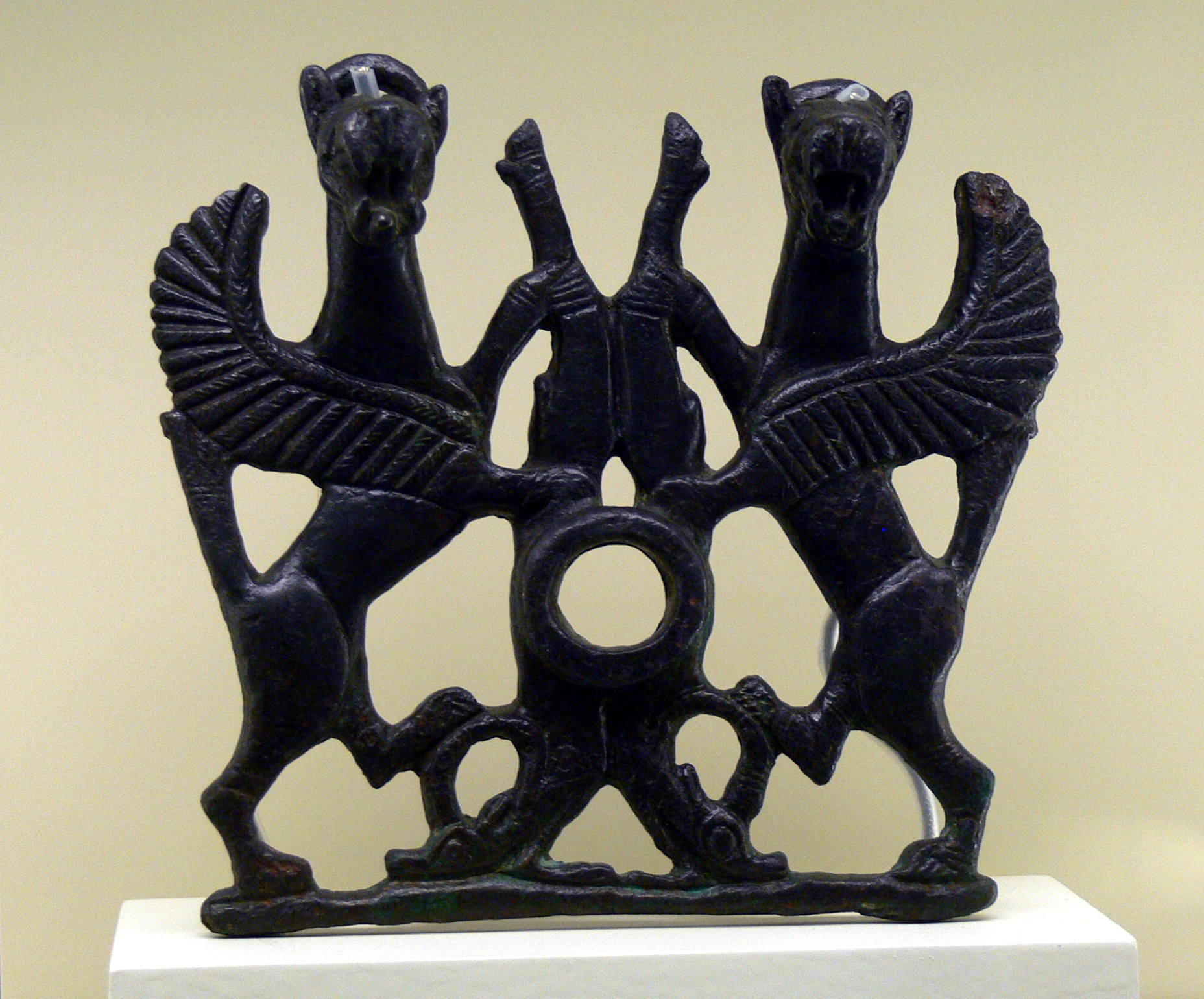
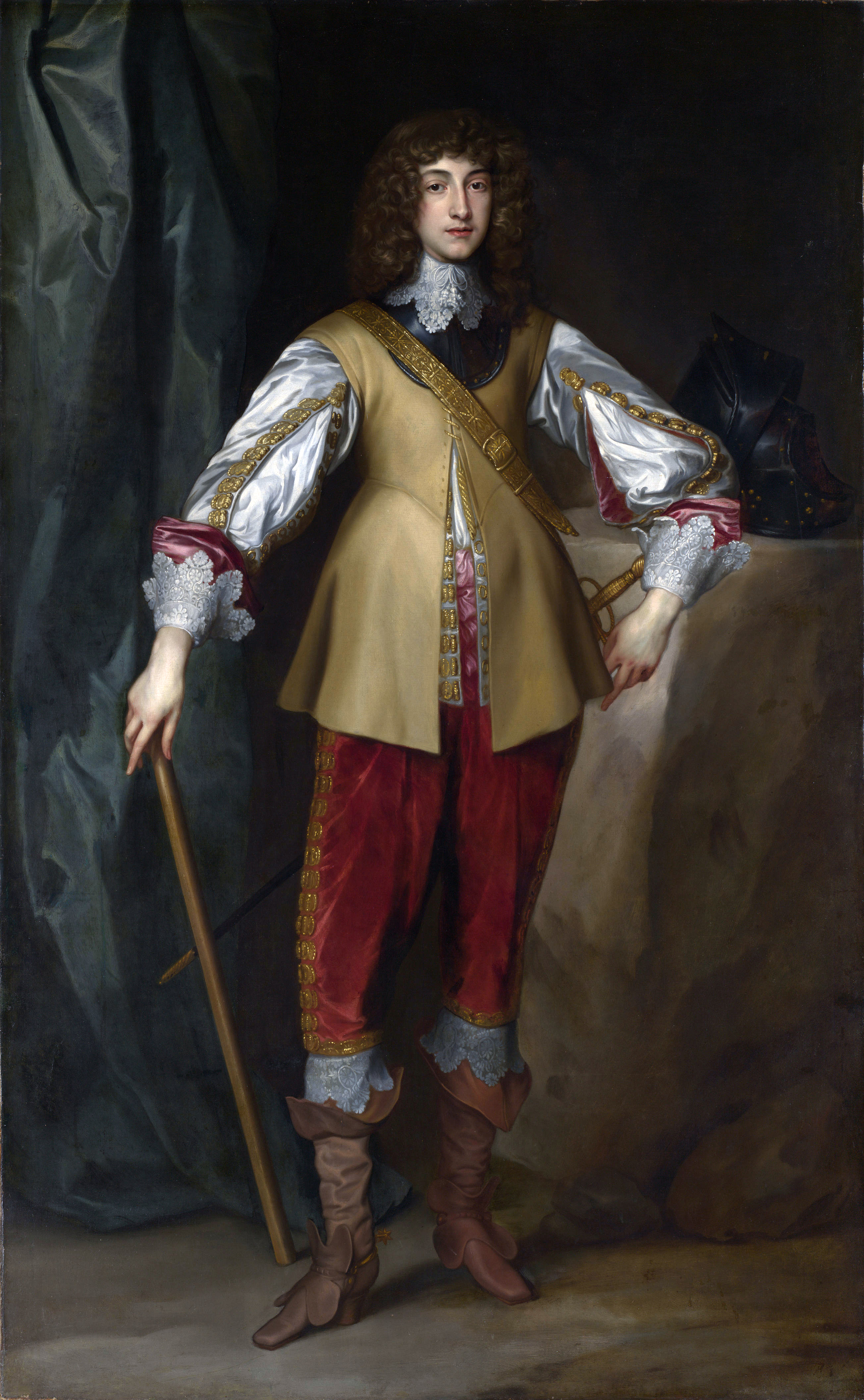


.jpg)
